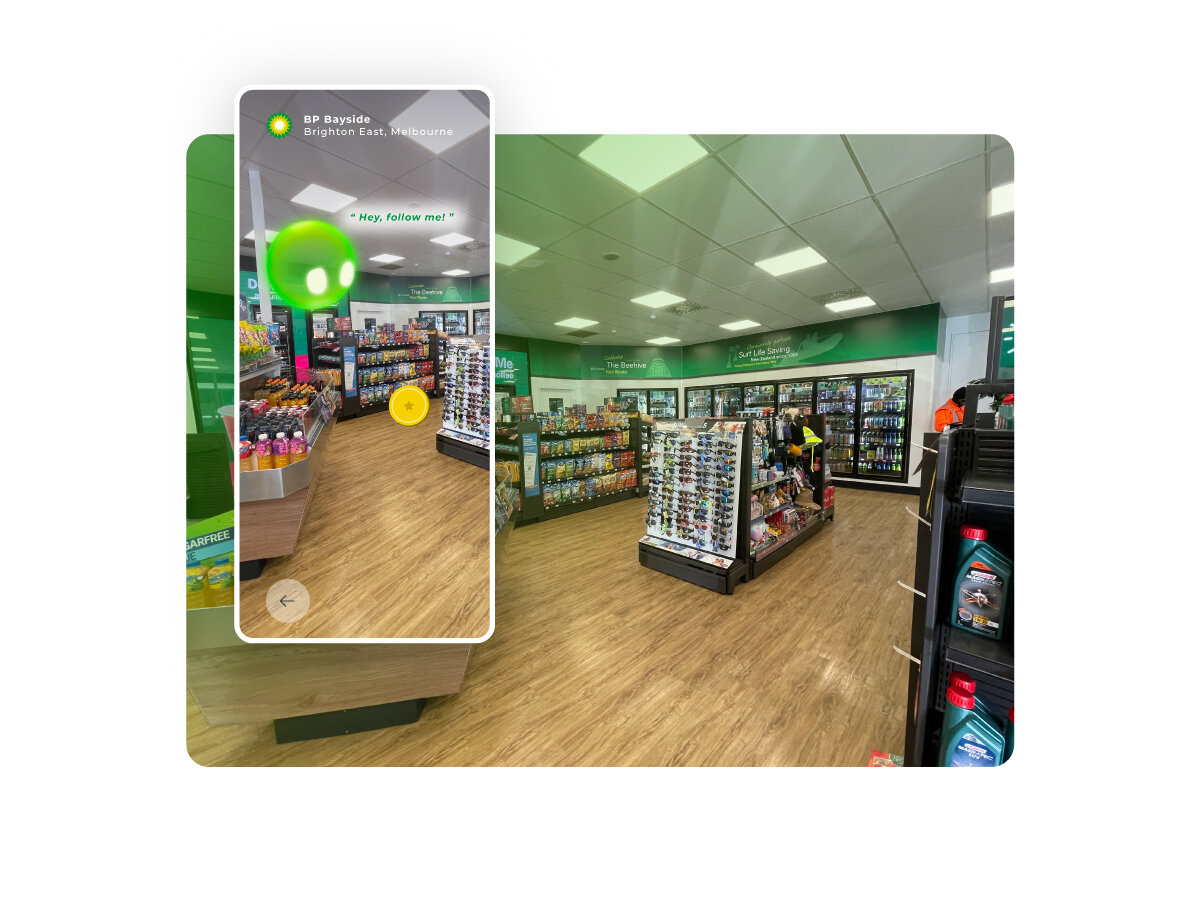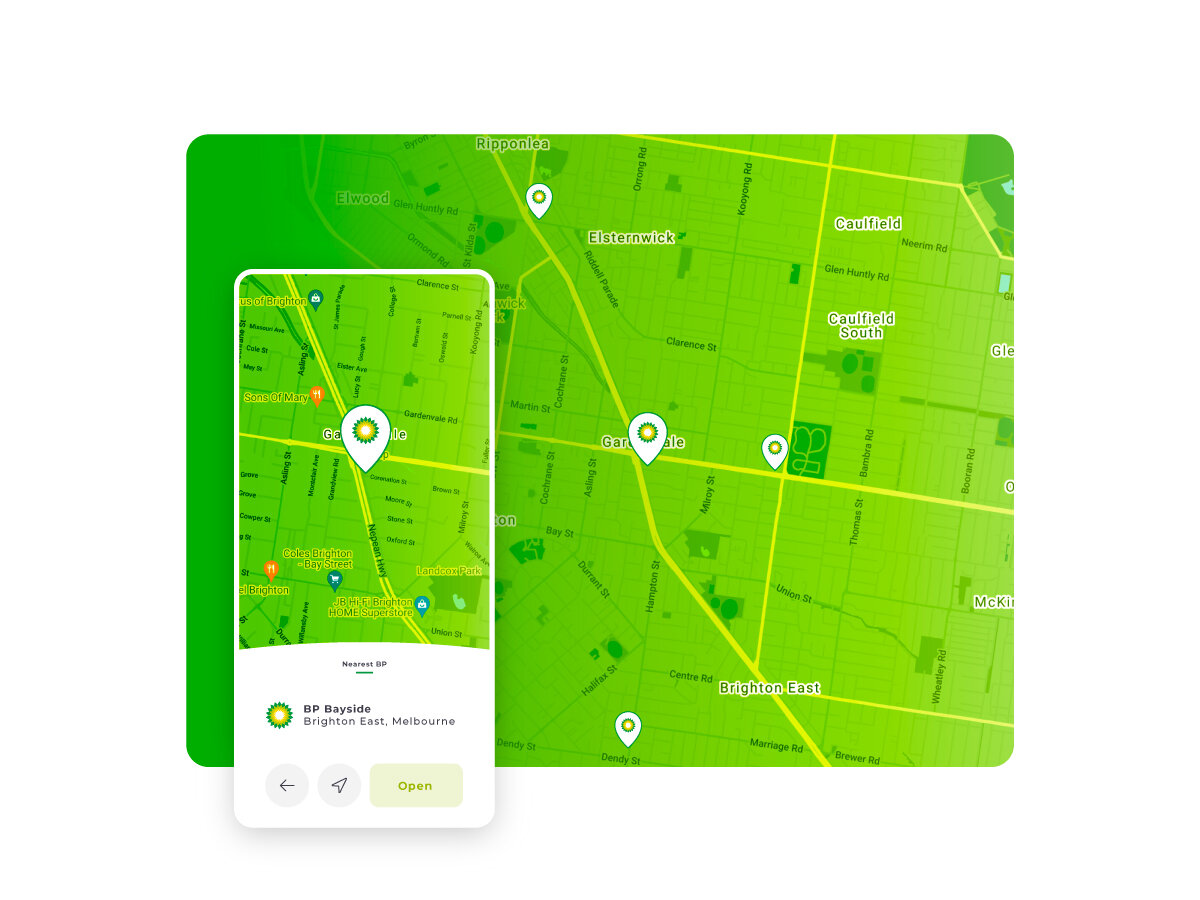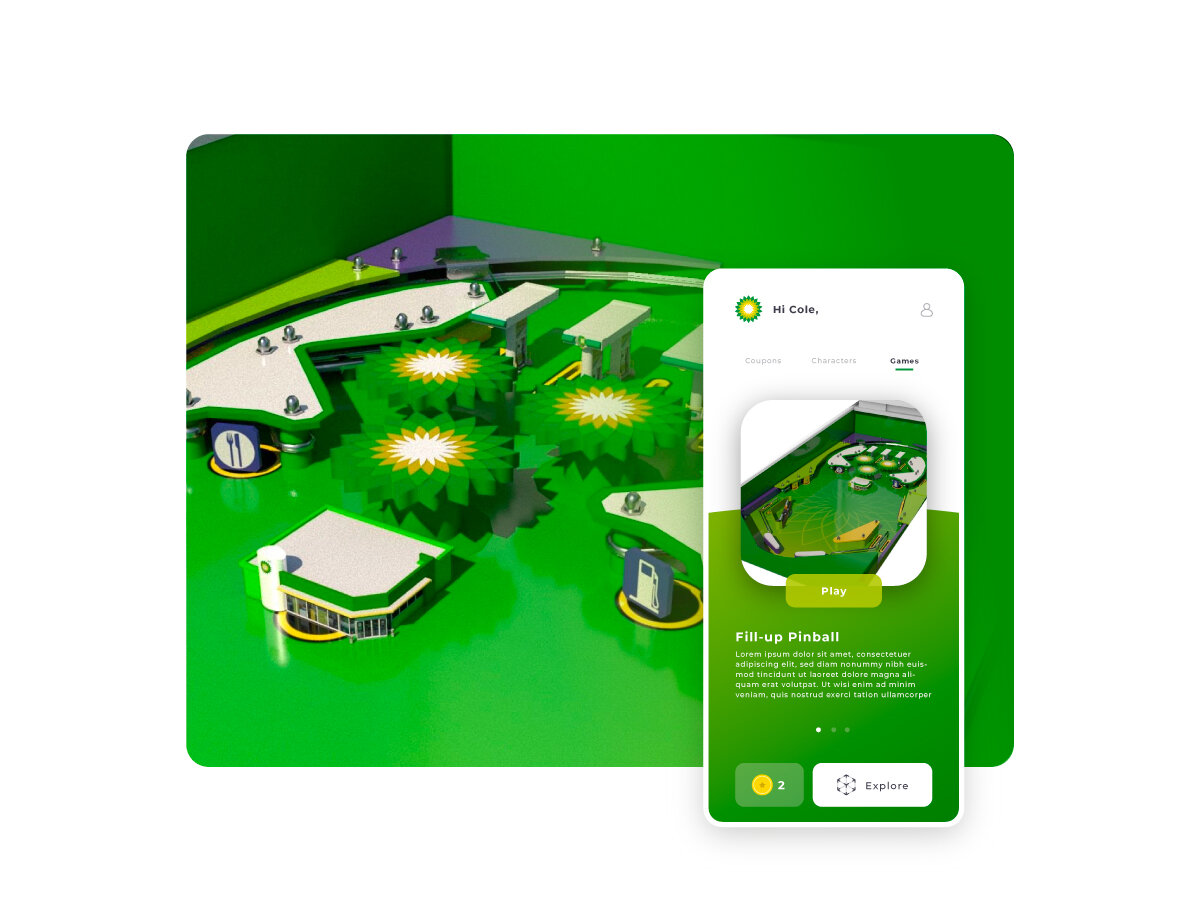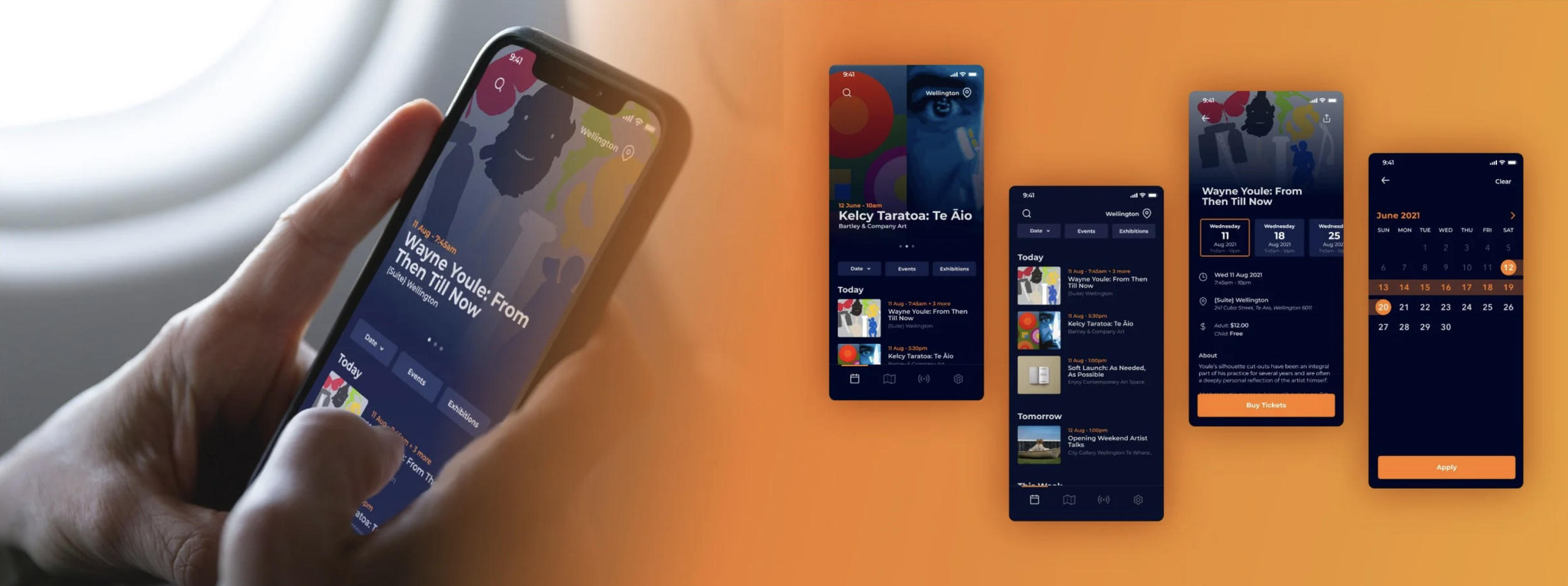CASE STUDY : AR+IQ platform
BRIEF : Redefined XR/AR/Ai/spatial platform
DATE : ~ 2025
CLIENT : iSPARX™ - an iSPARX™ R&D project >> AR+IQ GPT
AR+IQ by iSPARX™
AR+IQ is a modular augmented reality platform that combines spatial computing and artificial intelligence to create immersive, intelligent, and location-aware experiences. It adapts to different sectors through custom verticals designed for Retail, Art & Culture, and Entertainment.
Entertainment
From live music to public installations, AR+IQ brings digital layers to events. It connects audiences and performers through interactive effects, spatial storytelling, and shared AR experiences that extend beyond the stage or screen.
Art & Culture
AR+IQ supports artists, museums, and cultural institutions with tools for immersive storytelling. It anchors 3D content, sound, and narrative in real spaces, allowing audiences to explore culture through location-aware experiences.
Retail
AR+IQ transforms shopping environments into interactive spaces. Digital concierges, product visualisation, and gamified loyalty tools enhance customer engagement and provide real-time insights into behaviour and sales.
Entertainment
The fan-facing mobile application that transforms how music lovers discover, experience, and engage with live events.
Personalised Event Discovery
AI-powered recommendations based on listening history, location, and preferences to help fans find their perfect gig.
Seamless Ticketing (iNVITE™)
Direct, secure ticket purchases with mobile QR codes and exclusive pre-sales and offers.AR+IQ Enhanced Experiences
Augmented reality overlays at venues providing interactive content, artist information, and immersive experiences.Fan - Artist Engagement
Direct messaging with artists, tipping, and social sharing to foster deeper connections.
BETApreview
beta download for iOS & Android
ENTERTAINMENT & ARTS
Arts and Entertainment
Use Case: Augmented Art Installations
Example: The Chris Cuffaro Greatest Hits AR+artist™ App enables users to interact with digital overlays on physical artworks, co-creating persistent digital pieces within the space.
Impact: Elevates traditional art exhibitions into dynamic, participatory experiences .
Use Case: Augmented Concerts and Events.
Example: AR+IQ hosts digital artwork overlaid on the live experience, where fans can experience concerts through immersive AR, complete with personalized AI-guided tours of the event venue.
Impact: Expands audience reach while introducing new forms of creative expression.
Art & Culture
Matariki.App™
The Matariki.App™ is an event index where you can discover & retrieve the details of events in the regional schedule of the Matariki & Puanga, Waitangi Day & throughout the year.
The Matariki.App™ is designed to enhance the event experience for users & provide an effective platform for delivery of immersive media in a Matariki real-time 3D environment.
*powered by iSPARX™
CULTURE HERITAGE & EDUCATION

Cultural Heritage and Education
Use Case: Interactive Language and Storytelling Tools
Example: Pū Rākau is a modular set of physical and digital letter blocks developed for tamariki, designed to support early literacy in te reo Māori. Integrated with the AR+IQ platform, each block is linked to geospatially anchored AR content — including audio pronunciation, animated narratives, and interactive word-building activities. When placed in sequence, the blocks trigger contextual stories drawn from local iwi knowledge, offering layered engagement through physical play and digital immersion.
Impact: Pū Rākau has proven successful as both a design-led product and educational intervention. It enables rangatahi and whānau to engage with Māori language and narratives in a tactile, culturally resonant way. By blending physical interaction with spatial computing, it supports intergenerational learning and language retention in early childhood and kura settings.
RETAIL & CONSUMER ENGAGEMENT
Retail
AR+IQ in Retail
AR+IQ by iSPARX™ transforms retail environments into intelligent, interactive spaces. Built on advanced spatial computing, it anchors digital content precisely in real-world locations—shop floors, product shelves, or event activations. Customers can view product information, try items virtually, or unlock promotions through their devices. Each interaction is captured ethically through real-time analytics, giving retailers insight into dwell time, user preferences, and sales impact. The AR+IQ SDK integrates seamlessly with existing apps or can operate as a white-label solution, supporting brands that want to merge storytelling, customer engagement, and measurable data within a single AR platform.
Smart Experiences and Engagement
Using AR+IQ, retail experiences move beyond static displays into adaptive, personalised journeys. AI-driven agents act as digital concierges—greeting users, answering questions, and recommending products. Spatially anchored campaigns let brands transform any store into a responsive environment that reacts to movement and intent. From virtual store tours to product visualisation and gamified loyalty experiences, AR+IQ makes shopping intuitive, memorable, and data-rich. Designed for sustainability and scale, it supports phones, tablets, and AR glasses, creating a bridge between digital marketing, physical presence, and customer intelligence.
Retail and Consumer Engagement
Use Case: Augmented Shopping Experiences
Example: Retailers use AR+IQ to create virtual showrooms where customers can visualize furniture, apparel, or accessories in their own spaces before purchase. The AI agent provides real-time recommendations based on user preferences.
Impact: Boosts customer confidence, reduces return rates, and enhances shopping satisfaction .
Use Case: Gamified Retail Interactions
Example: Interactive scavenger hunts in retail spaces where users collect virtual items, guided by AR+IQ agents, to unlock discounts or rewards.
Impact: Encourages foot traffic and enhances customer engagement through gamified incentives.




FITNESS & LIFESTYLE

AmyLee Summers presents
AmyLee
The AmyLee Fit - built on the iSPARX.group platform (the precursor to AR+IQ) - a robust structure designed to duplicate & provide a modular frame for high quality published App’s & CMS
control & create dynamic content & immersive media via the web CMS
manage & engage effectively with users
multiple income streams
advanced user login features & subscription models
TOURISM & DESTINATION
Tourism and Destination Marketing
Use Case: Location-Specific AR Tours
Example: Visitors to a historical site can use AR+IQ to view reconstructions of the area as it appeared centuries ago, guided by an AI agent narrating the history.
Impact: Provides a unique and memorable tourism experience that deepens visitor connection with the site.
Use Case: Virtual Travel Portals
Example: Users at airports or tourism centers can step into AR portals showcasing destinations in real-time, fostering excitement and driving bookings.
Impact: Bridges the gap between physical travel and virtual exploration, aiding in informed decision-making.
SOCIAL & ENVIRONMENTAL
Social and Environmental Initiatives
Use Case: Community Engagement for Sustainability
Example: AR+IQ guides users through educational AR experiences on conservation efforts, such as virtual clean-up drives where users can “collect” waste items digitally.
Impact: Increases awareness and participation in sustainability projects.
Use Case: Disaster Response Simulations
Example: AR+IQ helps train first responders through immersive scenarios, simulating crises and analyzing team responses.
Impact: Enhances preparedness and coordination in critical situations .
These use cases illustrate AR+IQ’s potential to revolutionize how we interact with digital and physical environments across industries. If you’d like more details on any specific application, let me know!
HEALTHCARE & MEDICAL
Healthcare and Medical Training
Use Case: AR Simulation for Medical Training
Example: Medical trainees use AR+IQ to practice procedures on virtual patients with real-time AI feedback. For instance, diagnosing symptoms presented in an AR-enhanced simulation environment.
Impact: Reduces risks associated with training on real patients and enhances skill acquisition .
Use Case: Patient Education
Example: AR+IQ explains complex medical conditions to patients through visual, interactive 3D models, guided by conversational AI.
Impact: Improves patient understanding and trust in medical advice.
Urban Planning and Real Estate
Use Case: Virtual Property Tours
Example: AR+IQ enables users to visualize properties, both interior and exterior, at scale. The AI agent personalizes the experience by suggesting designs or layouts based on user preferences.
Impact: Provides an engaging, time-saving alternative to traditional property tours .
Use Case: Smart City Prototypes
Example: City planners use AR+IQ to simulate future urban layouts, integrating real-time AI analysis for sustainability and efficiency planning.
Impact: Streamlines planning processes and enhances public engagement through visualization.
Team Collaboration and Training
Use Case: Virtual Co-Working Spaces
Example: AR+IQ creates virtual office environments where geographically dispersed teams can collaborate on 3D models or projects in real-time.
Impact: Enhances productivity and innovation by providing a shared, immersive workspace.
Use Case: Skill Training Simulations
Example: Employees train in hazard recognition or equipment operation through realistic AR simulations, guided by an AI agent providing feedback and scenarios.
Impact: Reduces training costs and improves skill retention.
TECHNICAL ARCHITECTURE
technical architecture + userflows + look & feel:









































